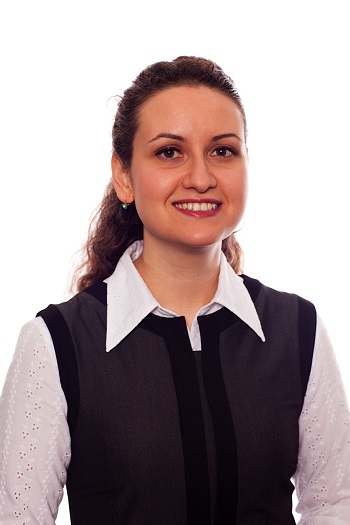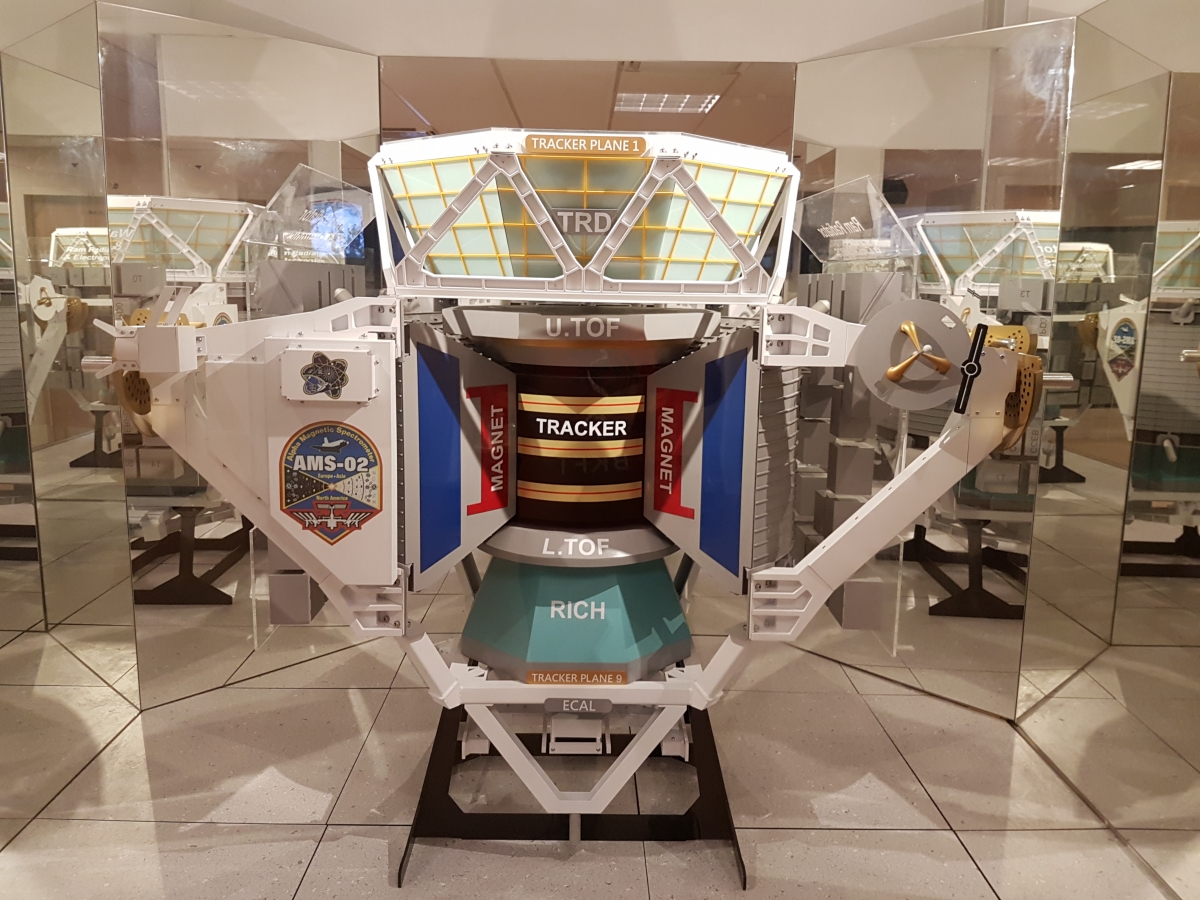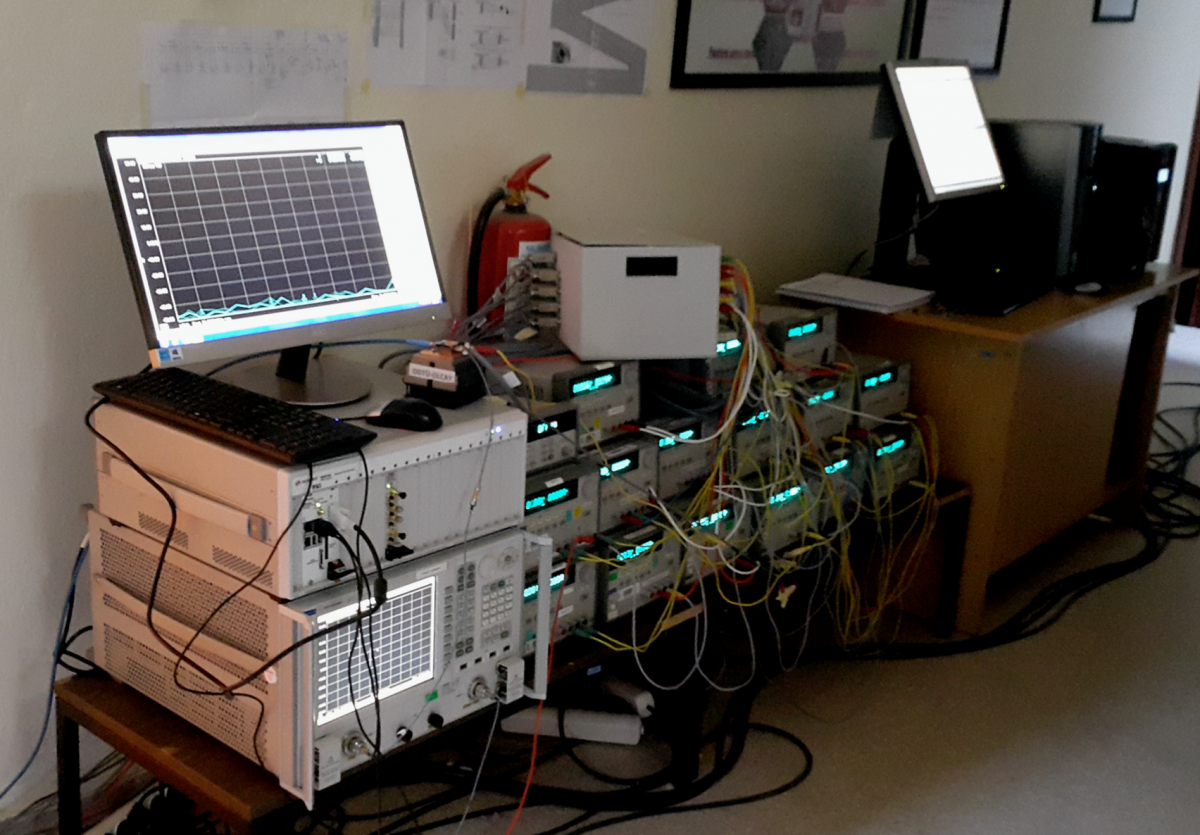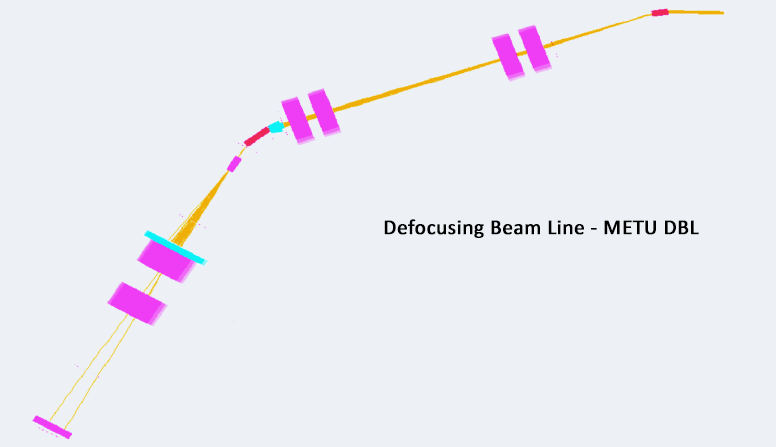2015K12190 coded "Particle Radiation Test Creation Laboratory" is being carried out by Assoc. Prof. M. Bilge DEMİRKÖZ. Assoc. Prof. M. Bilge DEMİRKÖZ was graduated from MIT with bachelor in Physics with minors in Math and Music in 2001. She complated her master's degree about "AMS-02 experiment - Passing radiation detector". She did her D. Phil. at Oxford University, working on ATLAS Semi-Conductor Tracker (SCT) in 2007. She started to Middle East Technical University Department of Physics in 2011 as an Assoc. Prof. after her post doc researcs at CERN, Cambridge University and IFAE Barcelona.

After AMS-02 experimenrt installed on International Space Station in May 2011, METU group sign on to the collaboration with the leadership of Assoc. Prof. Dr. M. Bilge DEMİRKÖZ. This group is only member from our country at AMS-02 Experiment which looking for dark matter trace via cosmic rays coming from the space. There are 2 projects taken from EU and TEAE. The basic goal of the AMS-02 is looking for dark matter trace at cosmic rays' spectrum. Spectrum data information allowed to calculate the Low Earth Orbit. This information is critical for Turkish space companies producing space electonics components for both system engineering and component level. Satellite electronics components must be operable under the radiation enviroment that the satellite being exposed despite the satelitte's external shield in the orbit. Both space radiation information obtained from AMS-02 Experiment and requests of space indurstry lead our team to studies about radiation tests.

In SANTEZ project, that was recieved with ASELSAN in 2013, it was aimed to do "Total Ionasing Dose Effect(TID) Radiation Test for Power Amplificator Modules" produced by ASELSAN. TAEA's Co60 source is suitable for TID tests. In this project "Power Amplificators Modules" was tested in operating state. Test results being analysing and this project continues succesfully.

While TID effects tests can be made with the available infrastructure in our country, Single-Event Effects that is very important for digital electronics, cannot be performed yet because it requires wide and proper current proton beam. TAEA's Proton Accelerator Facility's proton beam's energy is proper to do this tests. By using that facility, the project to establish an appropriate test infrastructure, by increasing size of the proton beam and decreasing current according to ESA 25100 standards, is given to Ministry of Developement. Defocusing beam line, that will be constructed according to project started in 2015, in scope of IMECE project with the support of the Ministry of Development, allows to do SEE Radiation Tests in our country for the first time. This beam line provide service to both space industry and international competition.
